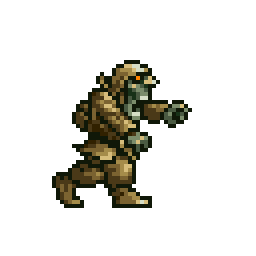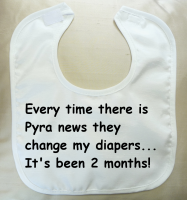PCXT
Very Active Member
- Joined
- Sep 14, 2016
- Messages
- 279
- Age
- 37
I am afraid a bit about these gray-coated and silver-coated plastics. My 200LX is not coated at all and is made of quite friction-resistant plastic. However, after long time of putting it in and out of pouch every day its edges became visibly smoother and polished, loosing its brittle texture. Coated Pyra's casing may end similar way and unfortunately the solution there is to make plastic of the color as close to coating as possible to minimize wear visibility.
The friction wear is always the same: Increases with pressure and distance of slide, decreases with material hardness.
The friction wear is always the same: Increases with pressure and distance of slide, decreases with material hardness.




